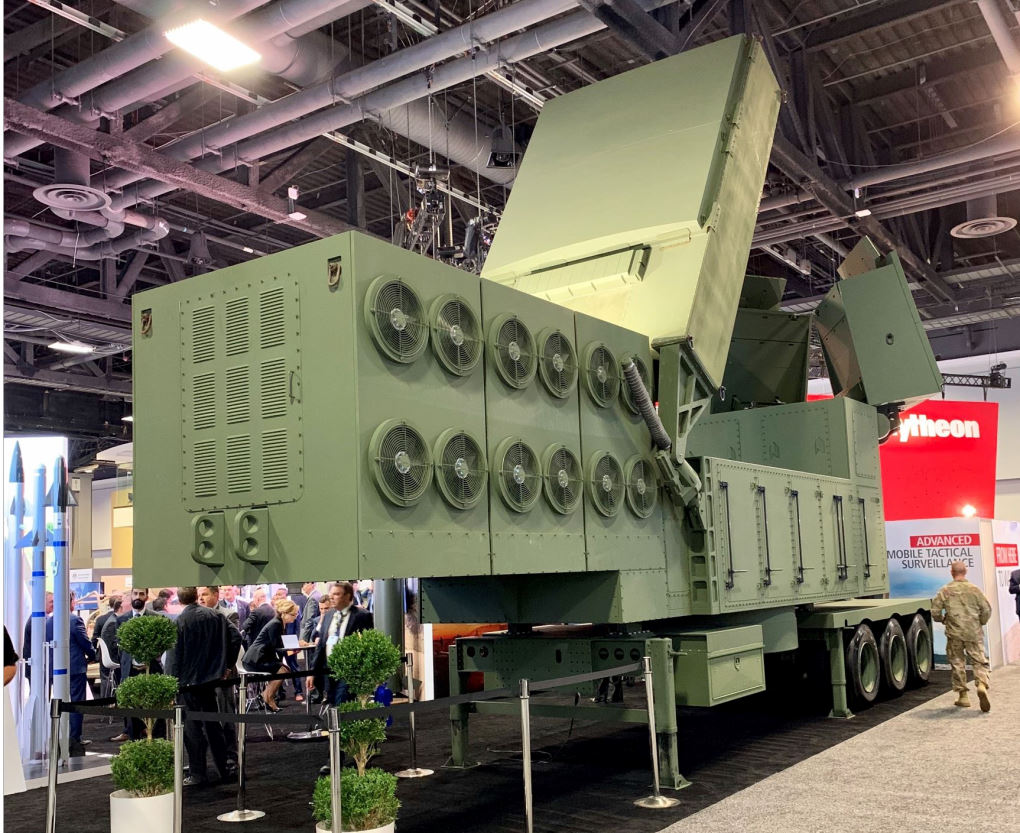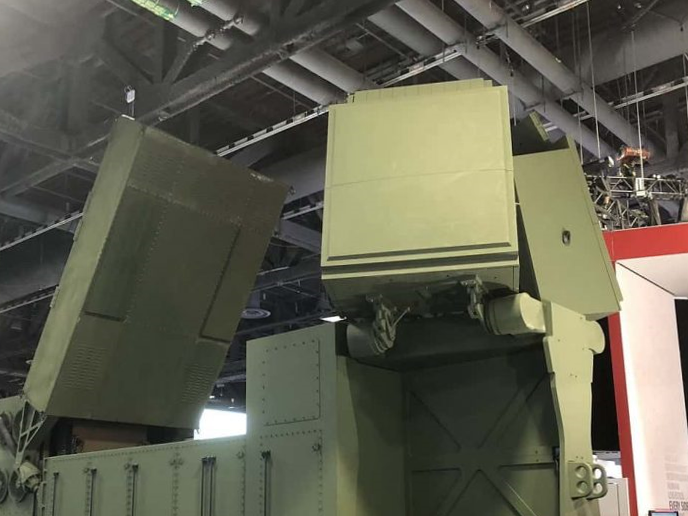

The Raytheon Company announced it has been selected to provide the US Army with its next-generation, 360-degree capable radar – known as the Lower Tier Air and Missile Defense Sensor (LTAMDS).
Raytheon’s solution is designed to be fully operable with the U.S. Army’s existing architecture. As such, it will operate on the Army’s Integrated Air and Missile Defense network Battle Command System (IBCS). According to Raytheon’s officials, when the first LTAMDS radar rolls off the assembly line, the Army will be able to turn it on and it’ll connect automatically.
As a 360-degree sensor LTAMDS expands battlespace coverage to detect and engage air and missile threats coming from various directions, not only the forward arc traditionally covered by Patriot systems. Based on Raytheon’s radar design experience, the new system represents a ‘clean sheet’ approach, that enables the new sensor to automatically connect to the network upon deployment, without the need for network or system retrofit or upgrades.
The selection comes after the completion of a ‘Sense-Off’ competition held by the Army, in an effort to accelerate the development and fielding of the Patriot replacement radar and complete a modernization program as early as 2022. Under the current program, Raytheon will develop and supply six radar systems. Fielding plans call for the delivery of additional sensors to equip 15 Patriot battalions through 2031, though the Army maintains the option to evaluate and buy other sensors by that time. During the ‘Sense-Off’ the also evaluated operational radar systems from Northrop Grumman and Lockheed Martin/IAI-Elta.
Subscribe to read a more comprehensive analysis of the new capability
The vulnerability of sectorial air defense systems was clearly demonstrated by the failure of Saudi Air Defenses to detect and warn of an air attack by Iranian cruise missiles and loitering weapons, that targeted oil refineries in Abqaiq and Khurais in Saudi-Arabia on the night of September 14, 2019. those weapons have flown bypassed the Saudi defenses by coming from the northwest, whereas the air defenses were pointed eastward, toward Iran. Deployment of sensors like LTAMDS is expected to close this gap, replacing the two sectorial covering types with full 360-degree coverage and higher sensitivity that improve the detection of small, agile and low signature targets.
from Defense Update: https://ift.tt/2qpxXRH
via Defense News
No comments: